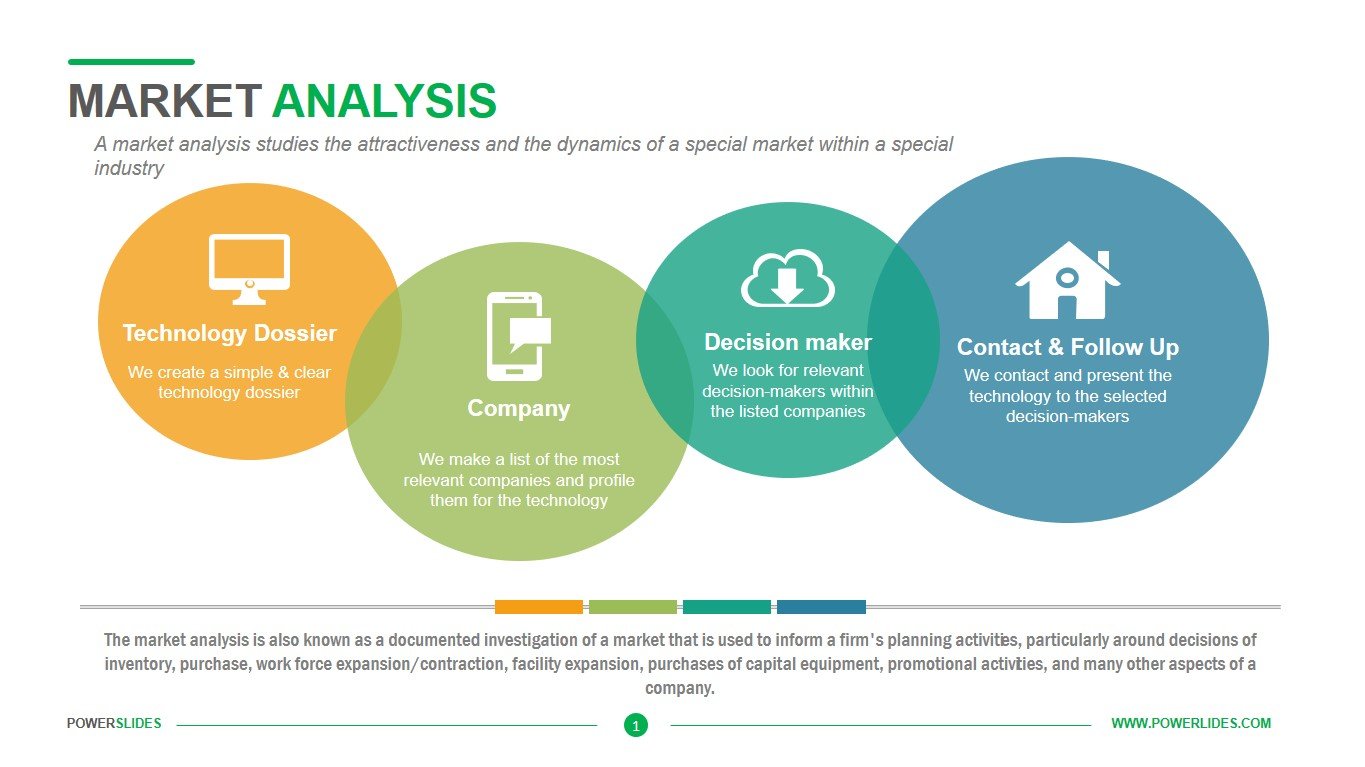
Understanding Market Analysis Strategies
Market analysis is a crucial component of business planning, providing valuable insights that drive informed decision-making. In this article, we explore key strategies for effective market analysis, helping businesses navigate the complex landscape and stay ahead of the competition.
1. Definition and Scope
Before delving into strategies, it’s essential to define market analysis. This process involves assessing various factors influencing a market, such as industry trends, customer behavior, and competitor activities. The scope extends from identifying opportunities to understanding potential challenges.
2. Gathering Comprehensive Data
A successful market analysis relies on data accuracy and comprehensiveness. Companies should leverage various sources, including industry reports, surveys, and market research studies. Collecting quantitative and qualitative data ensures a holistic view of the market environment.
3. Competitor Analysis
Understanding competitors is pivotal. Analyze their strengths, weaknesses, opportunities, and threats (SWOT analysis). Identify gaps in the market where your business can excel and differentiate itself. Continuous monitoring of competitors keeps strategies adaptive.
4. Target Audience Profiling
Segmentation is key to effective market analysis. Define and profile target audiences based on demographics, psychographics, and behavior. This information guides product development, marketing campaigns, and customer engagement initiatives.
5. Technology Integration
Embrace technology tools for data analysis and visualization. From artificial intelligence to data analytics platforms, technology enhances the speed and accuracy of market analysis. Investing in these tools provides a competitive edge.
6. Regulatory and Legal Assessment
Market conditions are significantly influenced by regulations and legal factors. Stay updated on industry-specific regulations and compliance requirements. Failure to comply can result in reputational damage and financial consequences.
7. SWOT Analysis for Internal Evaluation
In addition to analyzing competitors, conduct a thorough internal SWOT analysis. Identify your organization’s strengths and weaknesses, opportunities for growth, and potential threats. This introspective approach enhances strategic planning.
8. Market Trends and Predictions
Monitor current market trends and make predictions based on emerging patterns. Analyzing trends helps in anticipating changes in consumer behavior, technology advancements, and economic shifts. This foresight aids in proactive decision-making.
9. Customer Feedback Integration
Direct feedback from customers provides invaluable insights. Leverage surveys, reviews, and social media interactions to understand customer preferences and expectations. Responding to customer feedback fosters a customer-centric approach.
10. Continuous Iteration
Market analysis is not a one-time task; it’s an ongoing process. Regularly revisit and update your analysis to stay attuned to market dynamics. This iterative approach ensures that strategies remain relevant and effective.
Linking It Together: Market Analysis
In conclusion, market analysis is the compass that guides businesses through dynamic landscapes. By implementing these strategies, companies can navigate uncertainties, capitalize on opportunities, and make well-informed decisions. Market analysis is not just a tool; it’s a strategic imperative for sustainable success.